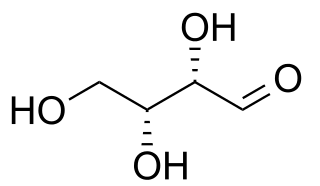Organic and Inorganic Chemistry Lesson of the Day – Optical Rotation is a Bulk Property
September 12, 2014 Leave a comment
It is important to note that optical rotation is usually discussed as a bulk property, because it’s usually measured as a bulk property by a polarimeter. Any individual enantiomeric molecule can almost certainly rotate linearly polarized light. However, in a bulk sample of a chiral substance, there is usually another molecule that can rotate light in the opposite direction. This is due to the uniform distribution of the stereochemistry of a random sample of the molecules of one compound. (In other words, the substance consists of different stereoisomers of one compound, and the proportions of the different stereoisomers are roughly equal.) Because one molecule’s rotation of the light can be cancelled by another molecule’s optical rotation in the opposite direction, such a random sample of the compound would have no net optical rotation. This type of cancellation will definitely occur in a racemic mixture. However, if a substance is enantiomerically pure, then all of the molecules in that substance will rotate linearly polarized light in the same direction – this substance is optically active.



Recent Comments